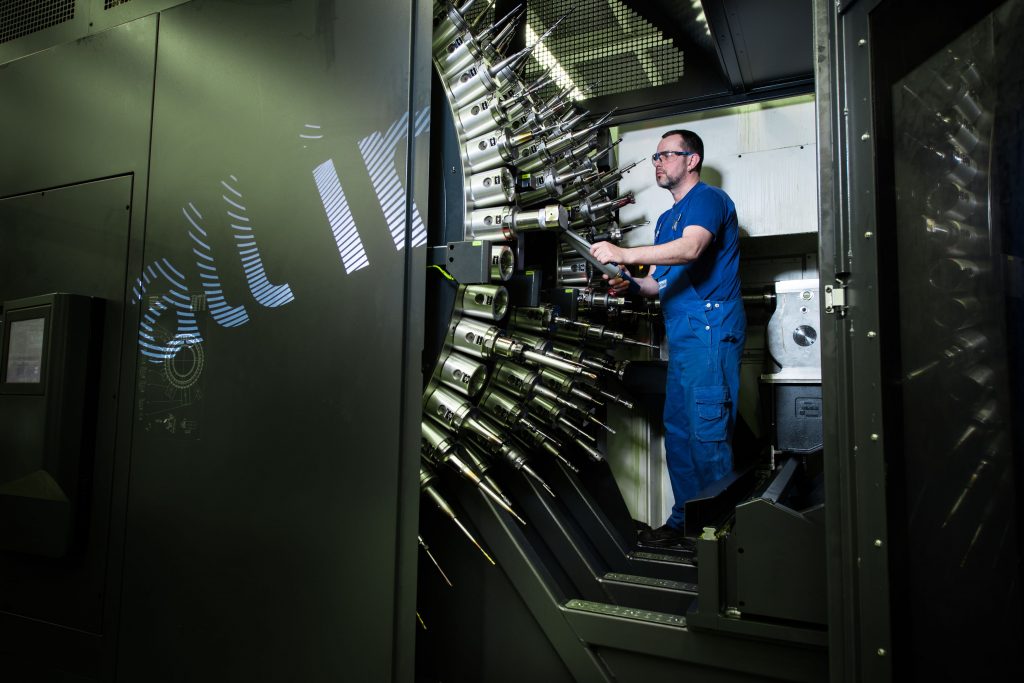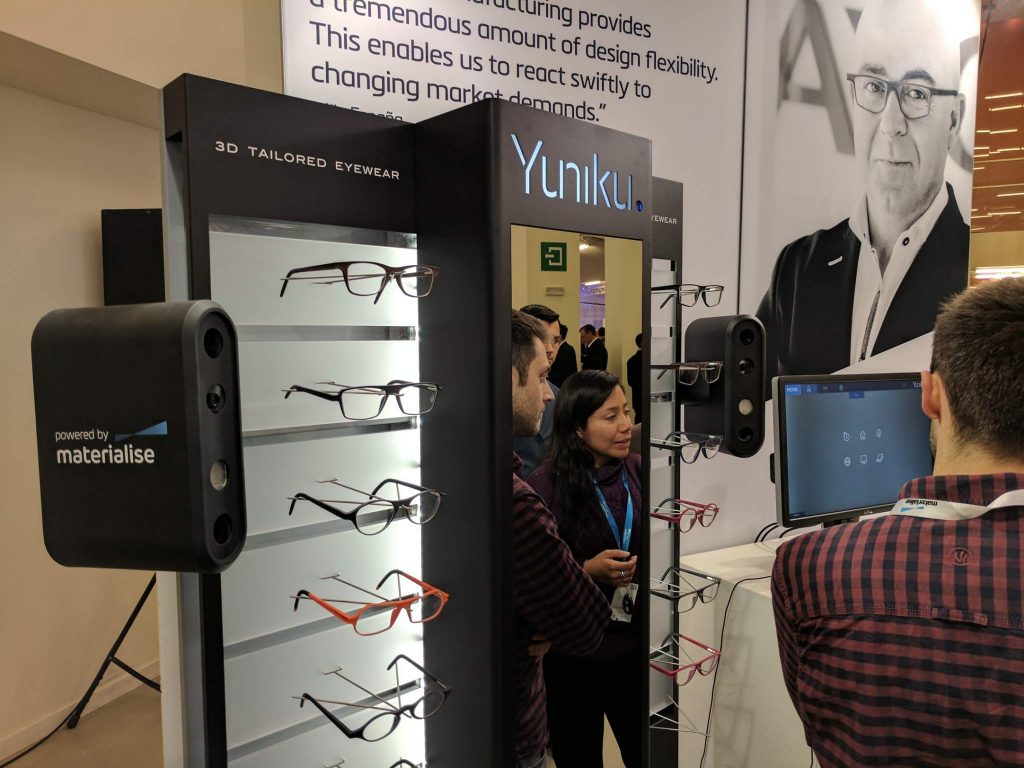3D Printing Industry is taking an in depth look at how additive manufacturing is moving to production. Over the coming weeks the results of interviews with industry leading practitioners will be published.
This article is part of a series examining Trends in Additive Manufacturing for End-Use Production.
Jurgen Laudus is Vice President at Materialise Manufacturing. Materialise incorporates 27 years of 3D printing experience into a range of software solutions and 3D printing services, which together form the backbone of the 3D printing industry.
3D Printing Industry: Which industries or verticals are leading in the use of AM for production?
Jurgen Laudus: Consumer goods, aeronautics, healthcare, MRO/production tools.

3DPI: What barriers does AM face for production and how are these surmountable?
JL Re-education as AM requires a change in conventional design principles, in order to reap the full benefits of 3D Printing. Mistakes arise when new users attempt to apply conventional design principles to AM, rather than designing with AM in mind.
Finding the right application and using AM for applications where the technology can really make a difference is very important to us. We like to work together with other companies so that everyone can bring their different perspectives and expertise to the table, and this co-creative workflow has given us positive results in creating those meaningful applications. However, finding a meaningful application and introducing a new business model into production can be a challenge, especially as there are significant costs involved in setting up an entire supply chain. As AM continues to grow more affordable per cubic centimeter and more printable materials enter the market, particularly for Metal 3D Printing, that barrier will continue to disappear.
3DPI: Are there any notable trends in AM for end use production?
JL: Higher quality due to new software functionalities: increased monitoring and control during printing.
Changing mentalities: seeing AM as an enabler for new business opportunities, integrating it into existing ecosystems (e.g. Yuniku, Phits etc.)
Trends in technological development: ensuring and improving speed, reliability, repeatability and transparency in production.

3DPI: Can you name any specific case studies where AM is used for end use production?
JL: Consumer goods — Yuniku, Vision Simulator, all eyewear, insoles.
Production tools — Philips, Volvo, Fokker Elmo.
Aerospace — 328, UAVs
This article is part of a series examining Trends in Additive Manufacturing for End-Use Production.
You can read more about Materialise here.
If you found this insight useful, then subscribe to our newsletter and follow us on social media.
Featured image shows a 3D print created using Materialise Magics e-Stage 3D Print suite software. Photo by Michael Petch.



